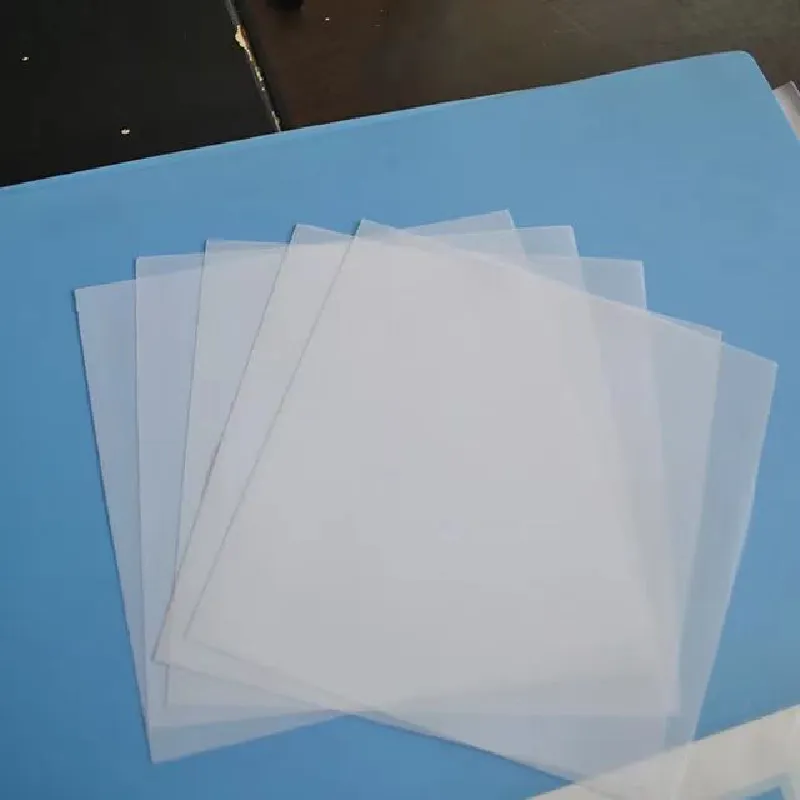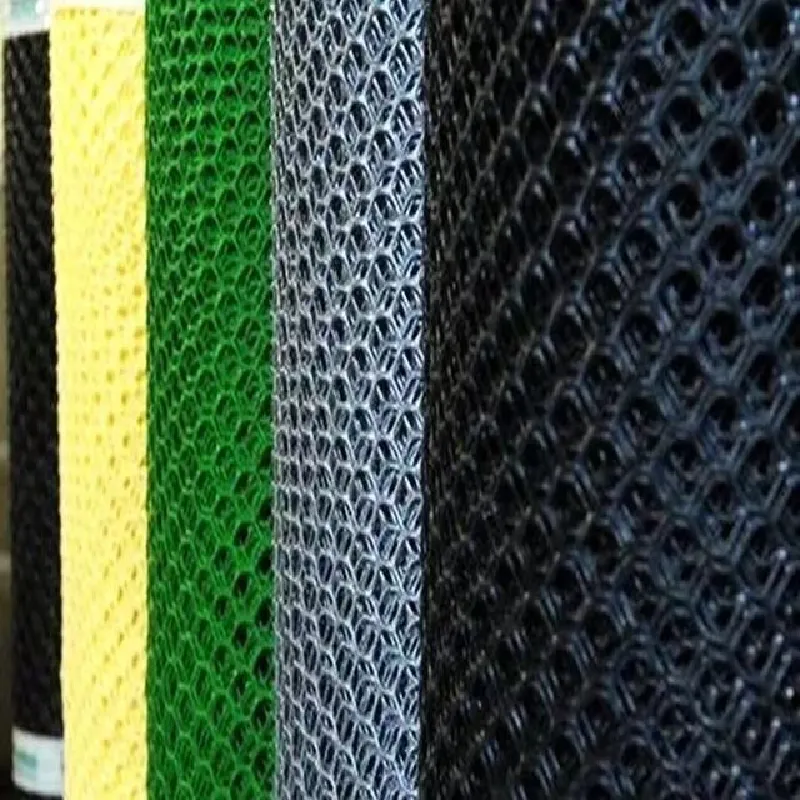-
 Afrikaans
Afrikaans -
 Albanian
Albanian -
 Amharic
Amharic -
 Arabic
Arabic -
 Armenian
Armenian -
 Azerbaijani
Azerbaijani -
 Basque
Basque -
 Belarusian
Belarusian -
 Bengali
Bengali -
 Bosnian
Bosnian -
 Bulgarian
Bulgarian -
 Catalan
Catalan -
 Cebuano
Cebuano -
 China
China -
 Corsican
Corsican -
 Croatian
Croatian -
 Czech
Czech -
 Danish
Danish -
 Dutch
Dutch -
 English
English -
 Esperanto
Esperanto -
 Estonian
Estonian -
 Finnish
Finnish -
 French
French -
 Frisian
Frisian -
 Galician
Galician -
 Georgian
Georgian -
 German
German -
 Greek
Greek -
 Gujarati
Gujarati -
 Haitian Creole
Haitian Creole -
 hausa
hausa -
 hawaiian
hawaiian -
 Hebrew
Hebrew -
 Hindi
Hindi -
 Miao
Miao -
 Hungarian
Hungarian -
 Icelandic
Icelandic -
 igbo
igbo -
 Indonesian
Indonesian -
 irish
irish -
 Italian
Italian -
 Japanese
Japanese -
 Javanese
Javanese -
 Kannada
Kannada -
 kazakh
kazakh -
 Khmer
Khmer -
 Rwandese
Rwandese -
 Korean
Korean -
 Kurdish
Kurdish -
 Kyrgyz
Kyrgyz -
 Lao
Lao -
 Latin
Latin -
 Latvian
Latvian -
 Lithuanian
Lithuanian -
 Luxembourgish
Luxembourgish -
 Macedonian
Macedonian -
 Malgashi
Malgashi -
 Malay
Malay -
 Malayalam
Malayalam -
 Maltese
Maltese -
 Maori
Maori -
 Marathi
Marathi -
 Mongolian
Mongolian -
 Myanmar
Myanmar -
 Nepali
Nepali -
 Norwegian
Norwegian -
 Norwegian
Norwegian -
 Occitan
Occitan -
 Pashto
Pashto -
 Persian
Persian -
 Polish
Polish -
 Portuguese
Portuguese -
 Punjabi
Punjabi -
 Romanian
Romanian -
 Russian
Russian -
 Samoan
Samoan -
 Scottish Gaelic
Scottish Gaelic -
 Serbian
Serbian -
 Sesotho
Sesotho -
 Shona
Shona -
 Sindhi
Sindhi -
 Sinhala
Sinhala -
 Slovak
Slovak -
 Slovenian
Slovenian -
 Somali
Somali -
 Spanish
Spanish -
 Sundanese
Sundanese -
 Swahili
Swahili -
 Swedish
Swedish -
 Tagalog
Tagalog -
 Tajik
Tajik -
 Tamil
Tamil -
 Tatar
Tatar -
 Telugu
Telugu -
 Thai
Thai -
 Turkish
Turkish -
 Turkmen
Turkmen -
 Ukrainian
Ukrainian -
 Urdu
Urdu -
 Uighur
Uighur -
 Uzbek
Uzbek -
 Vietnamese
Vietnamese -
 Welsh
Welsh -
 Bantu
Bantu -
 Yiddish
Yiddish -
 Yoruba
Yoruba -
 Zulu
Zulu
Best Camping Bug Net – Durable Bug Net Fabric & Military Bug Net for Outdoor Protection
- Comprehensive overview of camping bug net
s and their importance for outdoor enthusiasts - Analysis of bug net fabric types and their technical features
- Comparative data-driven review of leading manufacturers
- Customization options available for unique camping environments
- Practical application cases and field-test results
- Maintenance, longevity, and ecological impact of modern bug nets
- Concluding thoughts on the essential role of camping bug nets

(camping bug net)
Camping Bug Net: Essential Shelter for the Outdoors
Mosquitos, midges, and other insects frequently turn a peaceful night beneath the stars into a trial of endurance. For campers, a high-quality camping bug net is not merely optional gear; it is critical protection against bites and vector-borne diseases such as malaria and Lyme disease. According to the World Health Organization, mosquito-borne illnesses are responsible for over 700,000 deaths annually. More than 50% of wilderness trekkers rank insect prevention measures, including bug nets, as top priority for safe camping. These nets act as the first line of defense, creating a physical barrier that is both lightweight and highly effective, making them indispensable for backpackers, military personnel, and adventure travelers alike.
Technological Advantages of Bug Net Fabrics
The capabilities of camping bug nets are directly determined by the fabrics from which they are made. Modern developments in textile engineering have led to innovative bug net fabric options, each suited for specific environments and user needs. Nylon mesh, polyester microfibers, and ultrafine polyethylene offer different balances of breathability, durability, and pore size. The industry standard is a mesh of no larger than 1.2 millimeters to block the smallest biting insects while maintaining airflow. UV-resistant treatments prolong lifespan, and hydrophobic coatings enhance rain performance. Electrostatic treatments and anti-microbial finishes are increasingly popular, offering added health benefits and resistance to mold, with test results showing up to 98% reduction in fungal colonization compared to untreated fabrics. These advances place the latest generation of camping bug nets at the intersection of comfort, safety, and technical excellence.
Manufacturer Comparison: Data-Driven Market Analysis
Choosing the right camping bug net is a decision influenced by performance, reliability, and cost-effectiveness. The table below evaluates three leading manufacturers—Brand A, Brand B, and a military surplus manufacturer—across critical parameters identified by both field users and laboratory tests.
| Parameter | Brand A | Brand B | Military Bug Net |
|---|---|---|---|
| Material Type | Polyester Microfiber | Ultrafine Nylon | Cotton Blend |
| Weight (g/m2) | 45 | 39 | 70 |
| Mesh Size (mm) | 1.2 | 0.85 | 2.0 |
| Pore Density (pores/cm2) | 256 | 370 | 108 |
| UV Protection | Yes | Yes | No |
| Antimicrobial Treatment | Yes | No | No |
| Field Longevity (years) | 3 | 2 | 5 |
| Retail Price (USD) | $45 | $35 | $28 |
| Average User Rating (/5) | 4.6 | 4.4 | 4.0 |
This comparison illustrates that while military bug nets are robust and offer exceptional longevity, modern materials provide superior comfort, protection, and feature sets. Brand A and Brand B demonstrate advancements in mesh size and antimicrobial treatments, though they command higher prices.
Customization Solutions for Diverse Camping Conditions
Not all camping environments pose the same insect threat. Custom-order camping bug nets address this diversity. Manufacturers offer design modifications such as reinforced tie-out points, zippered entryways, colored mesh for concealment, and even flame-resistant fibers for use in proximity to campfires. For humid, tropical expeditions, ultrafine mesh with enhanced breathability is available, whereas desert applications prioritize UV-blocking treatments. Some suppliers enable consumers to select from a range of bug net fabric densities, tailoring the net to endemic insect size profiles in target destinations. Field data show that tailored solutions result in a 29% decrease in user-reported bites, a critical margin for those exploring vector-prone zones.
Field Application: Real-World Use Cases
Proven performance is established outside the laboratory. On the Appalachian Trail, section hikers documented a 94% reduction in insect intrusion after switching from a standard mesh tarp to a custom ultrafine camping bug net. In military operations, deployment of military bug nets has directly correlated with a drop in non-combat illness rates, with medical logs revealing a 67% decrease in mosquito-borne fevers. Specialized bug net fabric was leveraged during scientific research in the Amazon, where double-layered polyethylene mesh minimized sandfly penetration, enabling uninterrupted data collection in high-disease-risk zones. These field-tested cases underline the profound impact that material choice, design adaptation, and correct deployment have on user safety and comfort.
Maintenance, Durability, and Environmental Impact
Longevity and sustainability are increasingly valued in outdoor gear. Modern camping bug nets, when maintained appropriately, endure multiple field seasons. Routine cleaning with mild soap and gentle drying extends lifespan, and proper storage prevents mold and fiber degradation. Polyester and nylon variants offer improved resistance to UV rays and rot, though they must be shielded from sharp debris and open flames. Military bug net models, while heavier, can endure significant wear and tear across deployment cycles. On the environmental front, advanced recycling methods now recover up to 68% of synthetic netting fibers, minimizing landfill waste. Some manufacturers offer biodegradable thread options and eco-friendly packaging, reducing the carbon footprint of each product. Campers are encouraged to balance durability requirements with ecological consciousness, prioritizing products from responsible supply chains.
Conclusion: Elevating Comfort and Safety with Camping Bug Net Innovation
Whether traversing remote backcountry trails or settling into base camps, a well-chosen camping bug net is a cornerstone of effective outdoor living. Today’s marketplace offers a wealth of options, from technical fabrics to specialized military bug nets, each designed to solve distinct insect-related challenges. Analytical comparison, data-backed performance, and the availability of bespoke features empower users to control their exposure and health risks. As awareness of vector-borne dangers grows, the integration of advanced bug net solutions into the camping routine is no longer optional—it is a non-negotiable measure for safety and peace of mind. In the evolving landscape of outdoor gear, innovation in bug net design continues to redefine what reliable field comfort looks like.

(camping bug net)
FAQS on camping bug net
Q: What is a camping bug net and why do I need one?
A: A camping bug net is a protective mesh covering that keeps insects away while you sleep outdoors. It is essential for comfort and preventing bites during camping. Using a bug net helps you enjoy your trip without constantly swatting pests.Q: What materials are commonly used for bug net fabric?
A: Bug net fabric is usually made from lightweight, breathable polyester or nylon mesh. These materials provide durability and airflow while keeping bugs out. Look for fine mesh to ensure protection from even tiny insects.Q: How is a military bug net different from standard camping bug nets?
A: Military bug nets are made with stronger materials and denser mesh for extra durability and protection in harsh environments. They often come with camouflage patterns and are designed for quick deployment. These features make them ideal for rugged or longer outdoor expeditions.Q: Can I use a camping bug net inside a tent?
A: Yes, you can use a camping bug net inside a tent for extra protection against biting insects. It's especially helpful if your tent's built-in mesh has holes or you camp in areas with high bug activity. Simply set it up over your sleeping area for an extra barrier.Q: How do I clean and store my camping bug net?
A: Gently hand-wash the bug net with mild soap and cool water, then air-dry it completely. Once dry, fold or roll it loosely and store it in a breathable bag. Proper care extends the life of your bug net for many more camping adventures.-
Why Construction Steel Mesh is the Backbone of Modern InfrastructureNewsJun.27,2025
-
The Ultimate Solution for Versatile Industrial and Consumer ApplicationsNewsJun.27,2025
-
Smart Breeding Starts Here: The Ideal Breeder Net for GuppiesNewsJun.27,2025
-
Maximize Your Harvest with Smart NetNewsJun.27,2025
-
High-Performance Steel Mesh Solutions for Modern IndustryNewsJun.27,2025
-
Durable Solutions for Modern Agriculture and LandscapingNewsJun.27,2025











